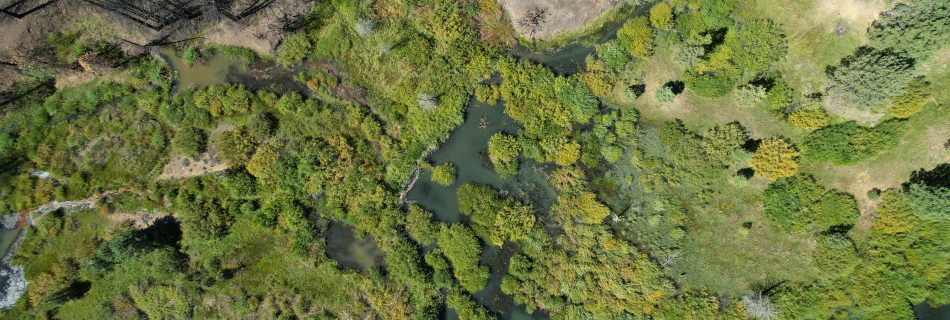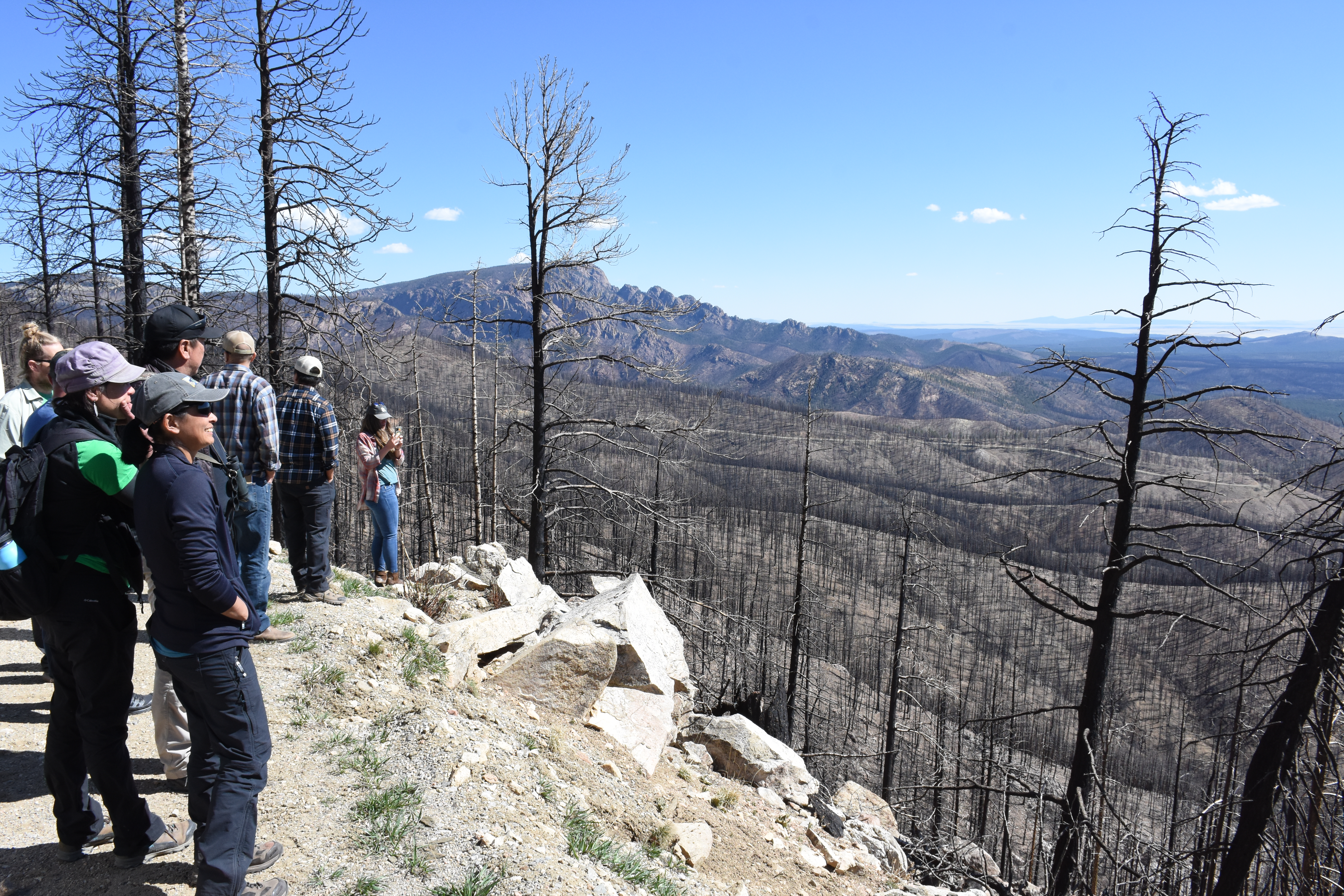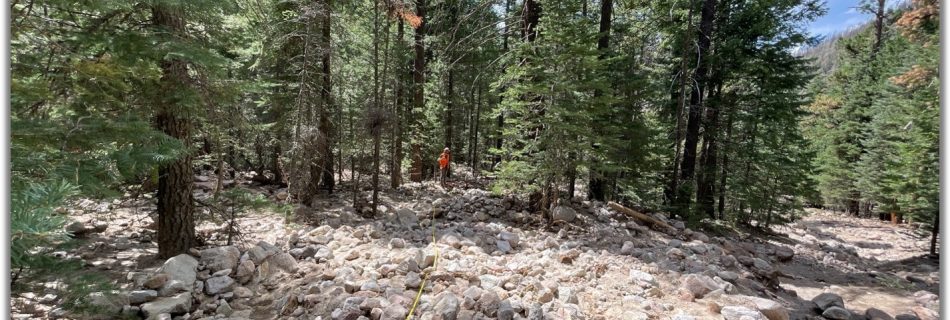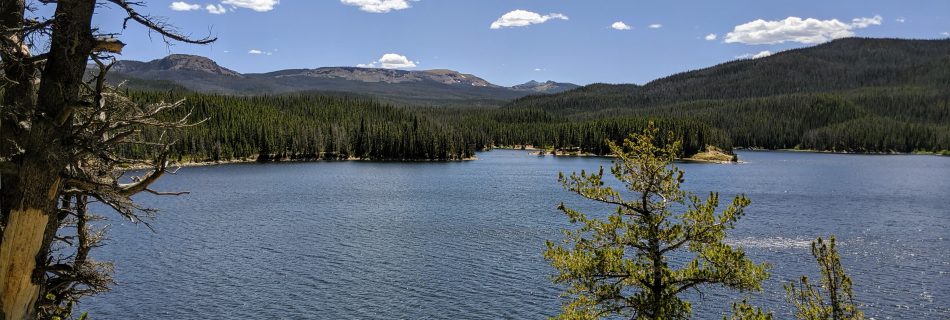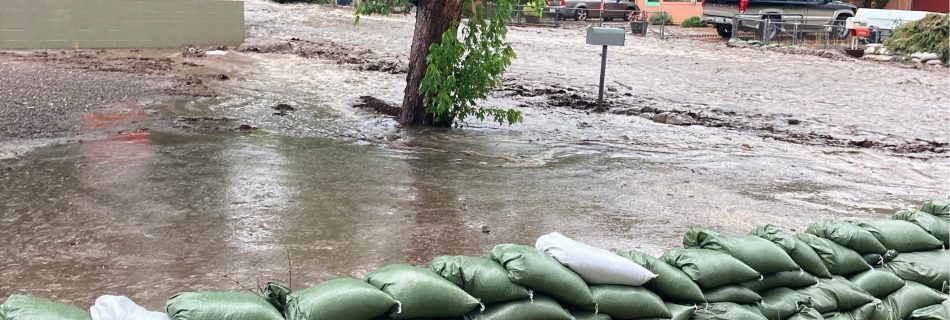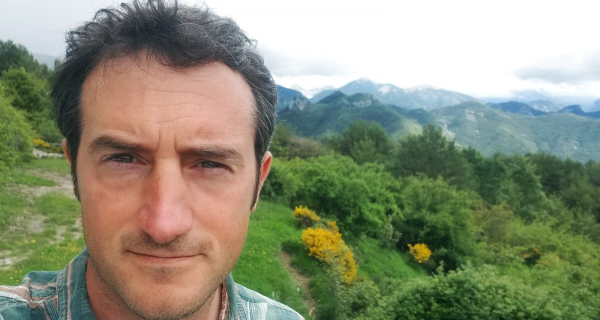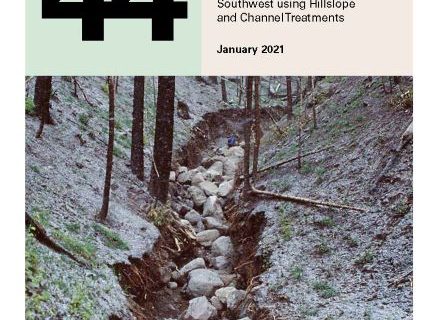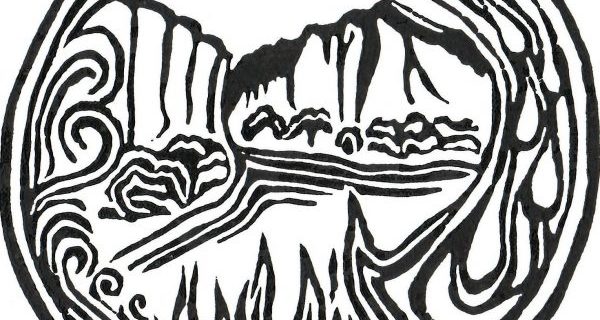Pre- and Post-Fire Impacts of Beaver Dams and Beaver Dam Analogs
In a nutshell: In a landscape with increasingly frequent severe wildfires, freshwater ecosystems are emerging as an important part of wildfire management. This presentation will touch on the role of beaver dams and their analogs in creating wetlands, the nexus between freshwater systems and fire, and how this information can be utilized to enact policy …
Read more “Pre- and Post-Fire Impacts of Beaver Dams and Beaver Dam Analogs”

